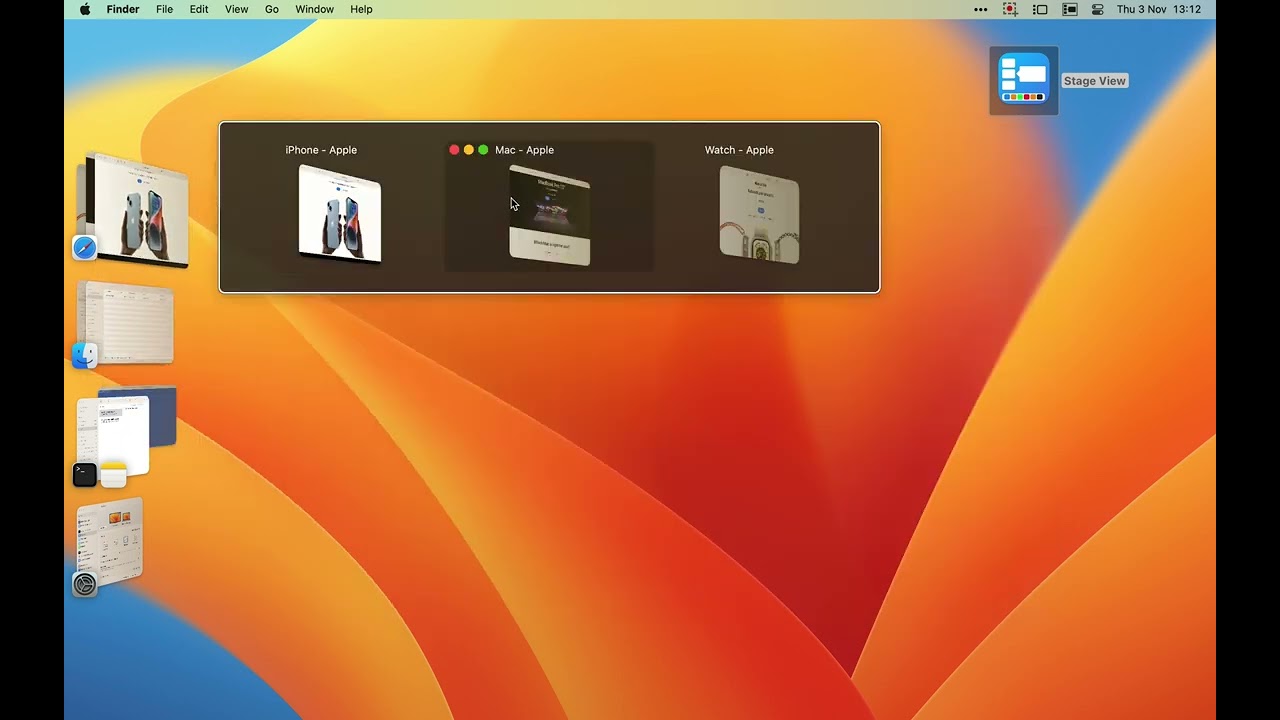

A beginner to intermediate programming skills using Python.

As with any job description, you don’t have to know everything damn thing they mention, but it will help you to understand who I’m thinking about and how you might differ.

While I hope this article will appeal to a diverse range of programmers, I have a unique audience in mind as I write it. I’ve chosen to develop a wordle clone with textual, mainly because it has the right complexity level. Each article I am going to publish from now on will dive into details about every element of Textual.
#DOCKVIEW ALTERNATIVE HOW TO#
I will be going step by step through Textual basics and how to create a fully functional application inside your terminal. Regardless of what reasons you are going to use Textual, I’m glad you stumbled across this article.

In computing, text-based user interfaces (TUI) (alternately terminal user interfaces, to reflect a dependence upon the properties of computer terminals and not just text), is a retronym describing a type of user interface (UI) common as an early form of human–computer interaction, before the advent of graphical user interfaces (GUIs). I just wanted to let you know that when you see a $ sign in front of a command that tells you to run it in the shell rather than the Python interpreter.Īrguably, the most popular place to look up definitions is Wikipedia, and I quote: I’ll show you how to develop a wordle clone step by step. Nevertheless, If you have not, you are just fine because you are in the right place to learn about TUIs in general and using Textual specifically. If you have experience with text user interfaces in the past, you might come across other frameworks such as urwid, curtsies, asciimatics, prompt-toolkit to name a few. I’ve chosen to write about textual, partially because it has been used during my participation at the deepgram hackathon, but mostly because there isn’t any tutorial about textual yet in the wild world of the internet besides the readme file. In this article, we are going to explore the not-so-popular world of text-based user interfaces and how to create one using Textual.
#DOCKVIEW ALTERNATIVE SERIES#
This is part one of my series on demystifying every damn aspect of Textual.


 0 kommentar(er)
0 kommentar(er)
